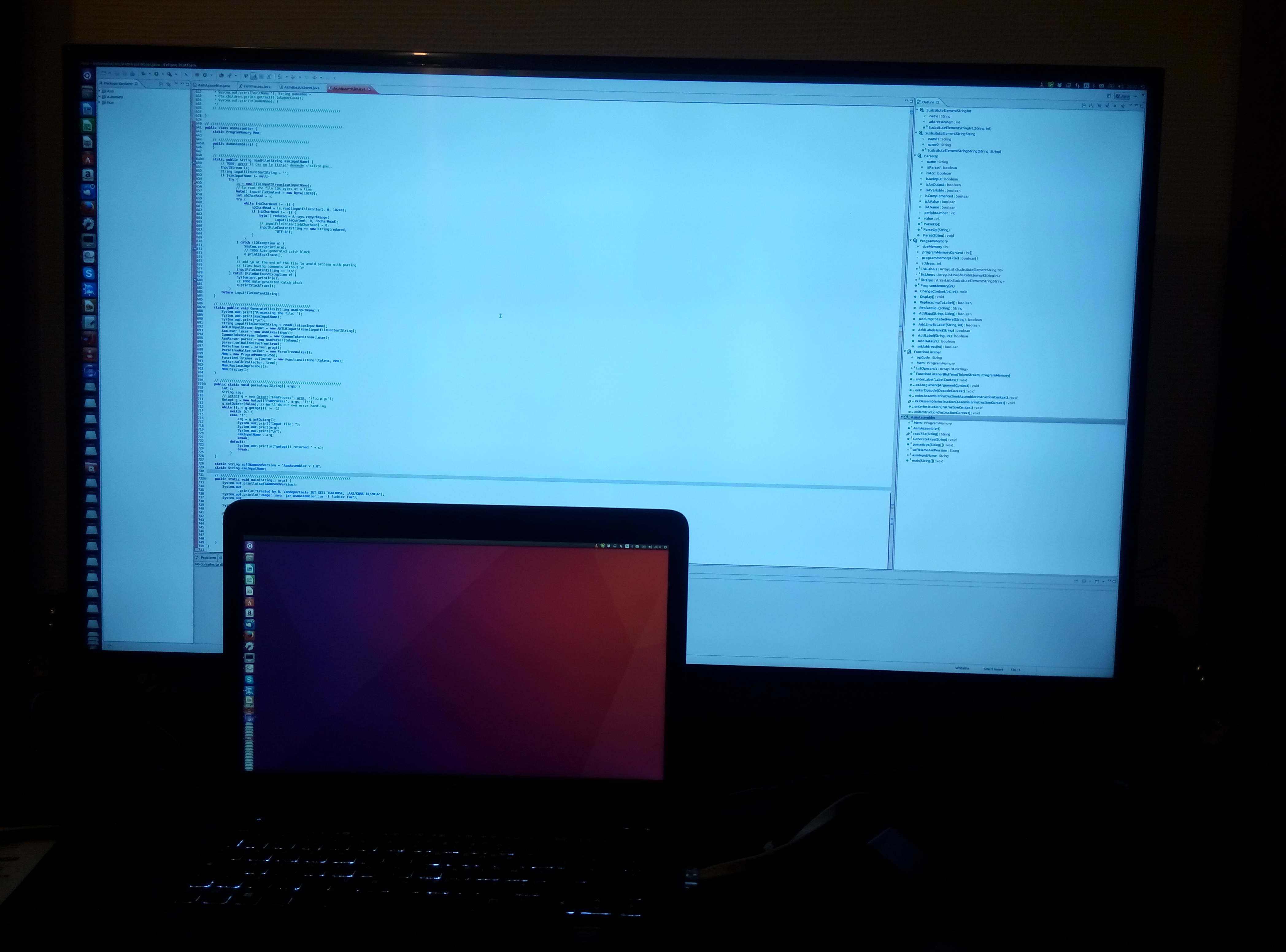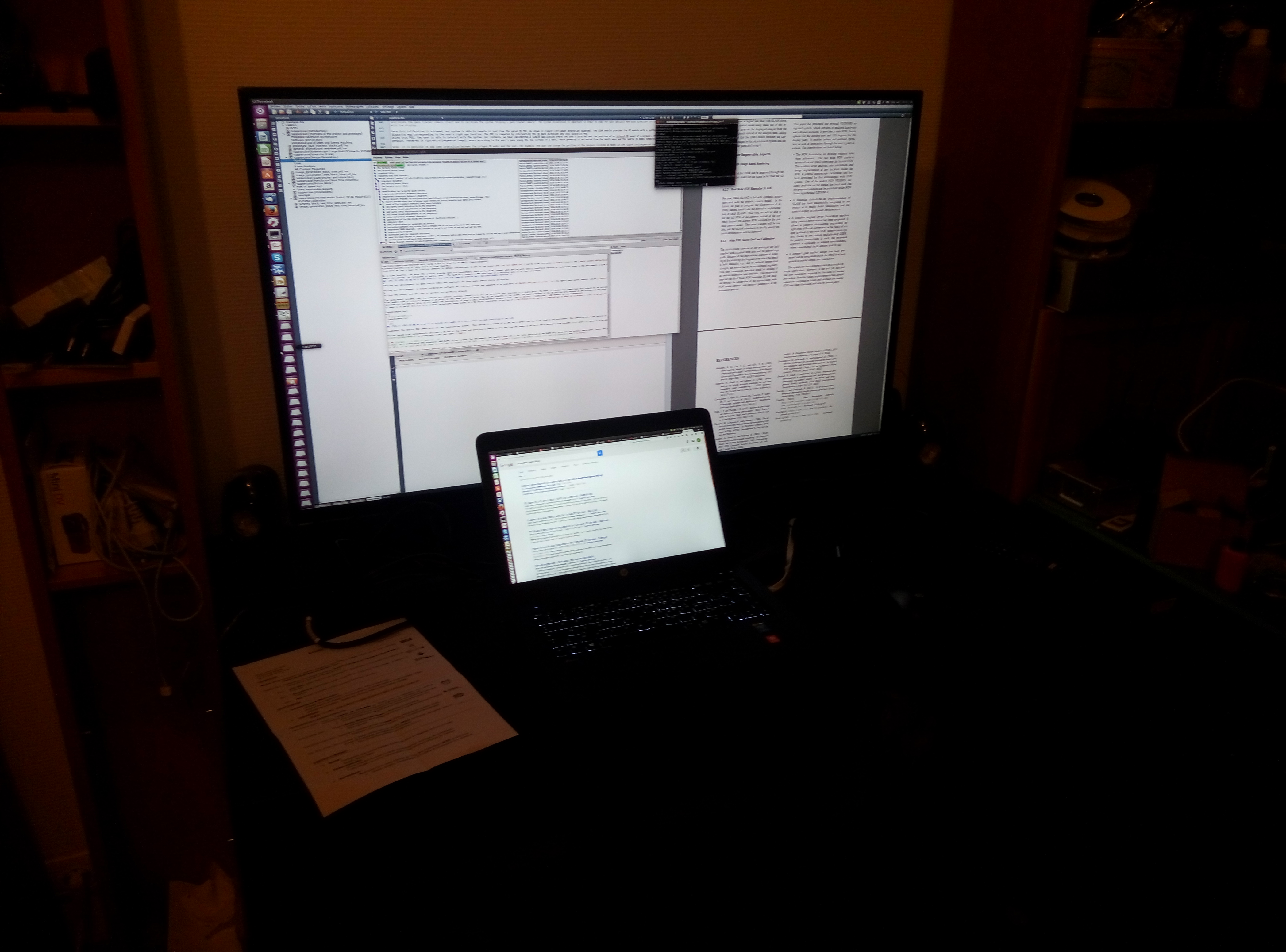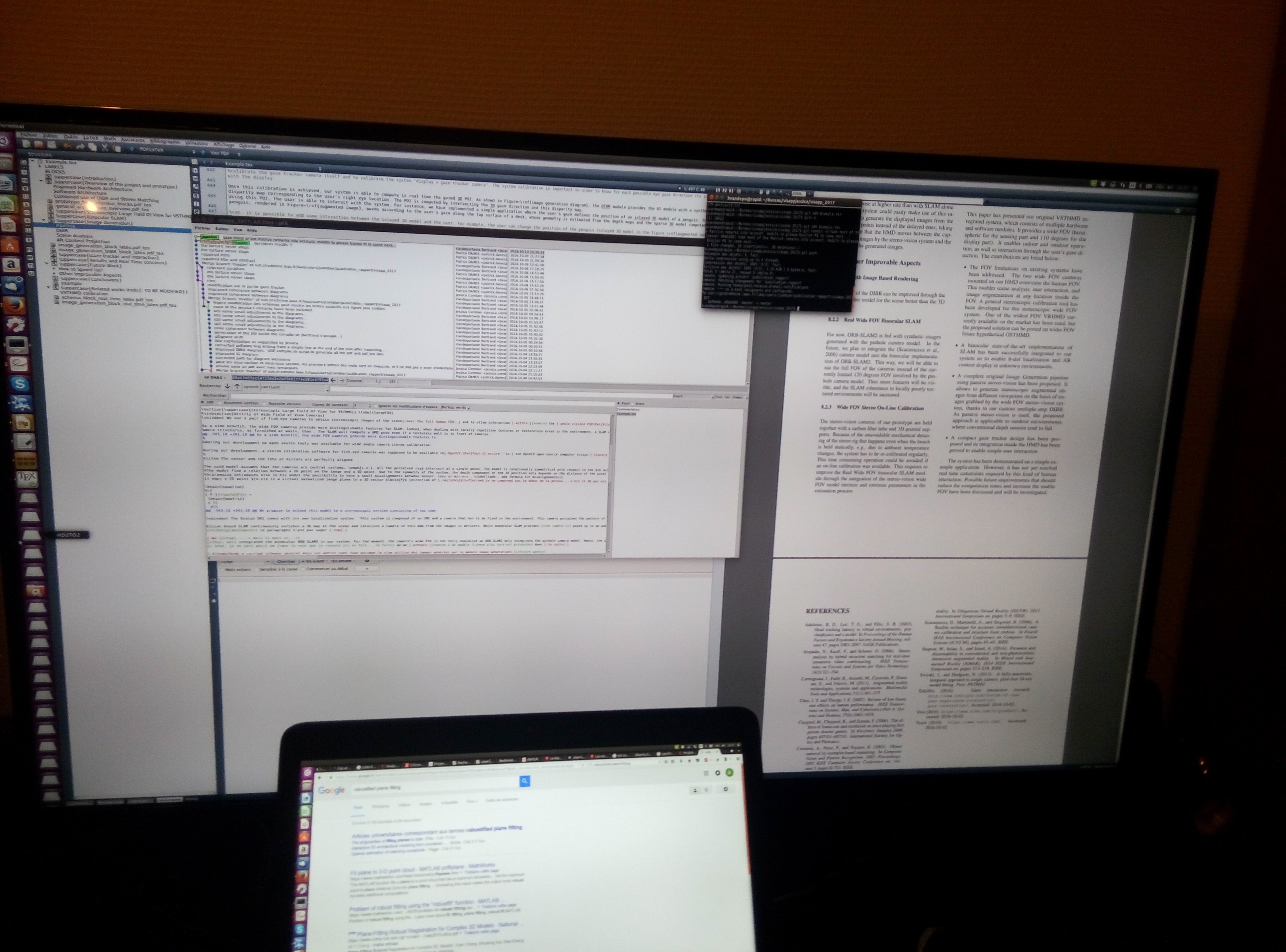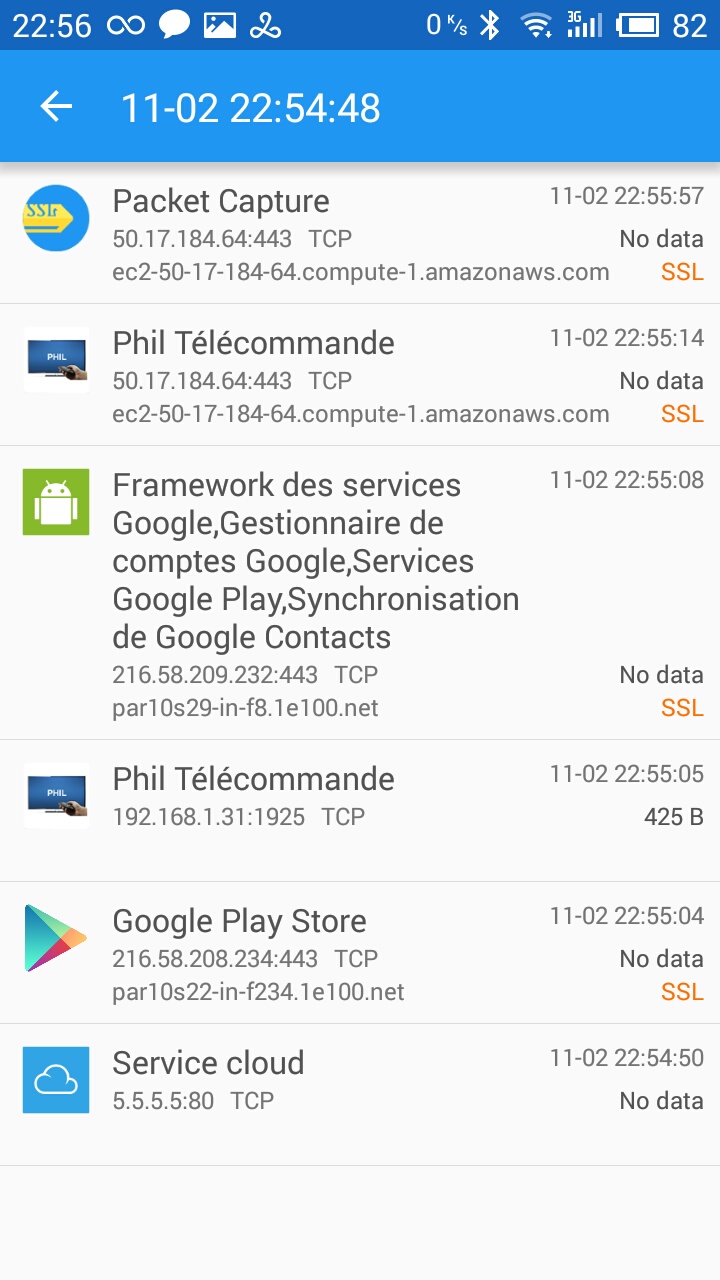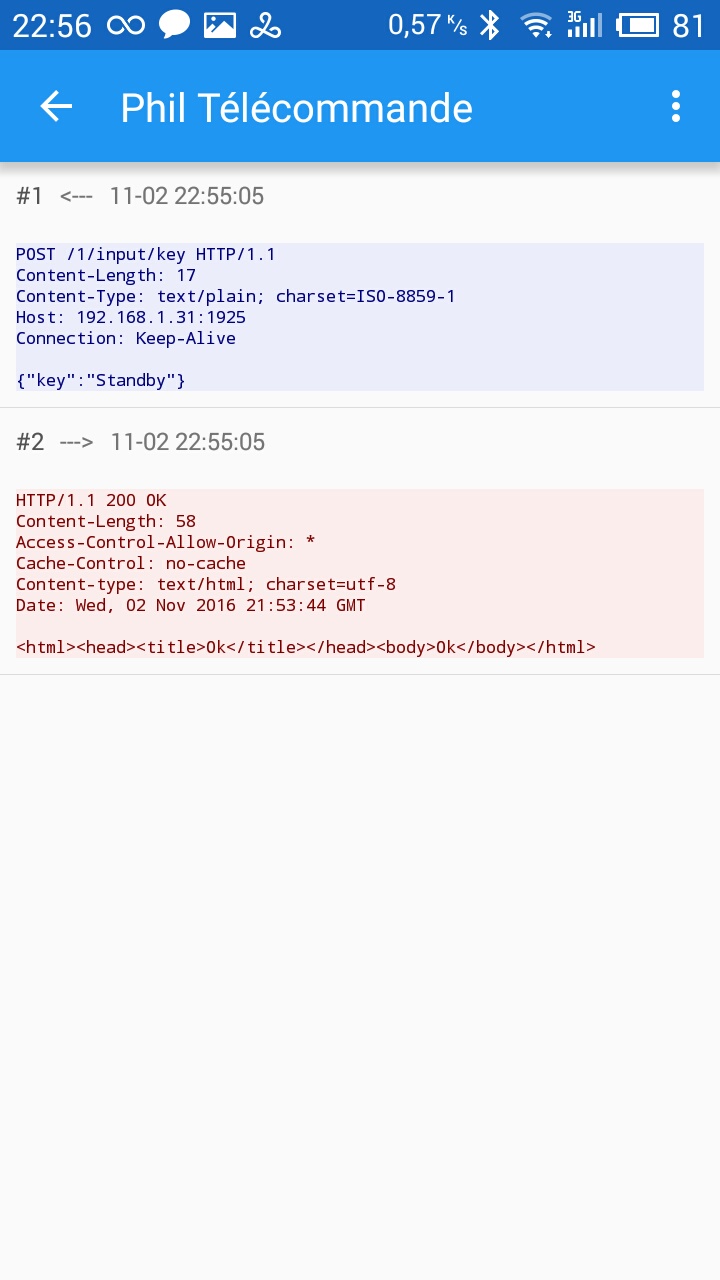Table des matières
Support sortie 4K sur portable HP ZBook 14G2
d'après http://www8.hp.com/h20195/v2/GetPDF.aspx/c04476391.pdf DisplayPort w/MST (Multi-stream Transport) Supports resolutions up to Full 4K 4096 x 2160, 24/30-bit color depth at 60 Hz, and WUXGA (1920 x 1200) monitors, 24/30-bit color depth at 120 Hz.
Multi-stream Transport (MST): Multi stream Transport is a DP 1.2 feature that allows daisy chaining of DP 1.2 monitors (requires monitor with DP 1.2 MST capability), or the use of DP 1.2 hubs with MST to achieve a maximum of 3 active displays
Choix TV
Site achat
Comparatif connectique HDMI et DVI
http://www.tomshardware.fr/articles/displayport-hdmi,1-36853.html
http://www.tomshardware.fr/articles/HDMI-DisplayPort-UHD,2-31-4.html
Adaptateur Display Port vers HDMI
http://www.tomshardware.co.uk/forum/id-2554074/displayport-hdmi.html
https://www.startech.com/fr/AV/Convertisseurs/adaptateur-actif-displayport-vers-hdmi~DP2HD4KS
Finalement, l'utilisation d'un adaptateur qui n'est pas certifié 4k a bien été possible en 4k
Raccourcis clavier sous Ubuntu
Pour repositionner les fenêtres rapidement:
CTRL+ALT+ chiffre sur le pavé numérique
Pour redimensionner les fenêtres, cliquer sur le bouton maximiser avec la souris :
click droit = vertical click milieu = horizontal
Résultat affichage
Activer sortie son sur HDMI
https://doc.ubuntu-fr.org/son_via_le_port_hdmi
sudo gedit /etc/default/grub changer "GRUB_CMDLINE_LINUX_DEFAULT="quiet splash"" en "GRUB_CMDLINE_LINUX_DEFAULT="quiet splash radeon.audio=1"" sudo update-grub redémarrer
Doc en vrac
http://askubuntu.com/questions/216370/vlc-media-player-sound-problems-in-12-10/221922#221922
https://itsfoss.com/fix-sound-ubuntu-1304-quick-tip/
http://askubuntu.com/questions/112512/ubuntu-refuses-to-output-audio-via-hdmi
http://askubuntu.com/questions/112512/ubuntu-refuses-to-output-audio-via-hdmi
Outils installés
sudo apt-get install libasound2-plugins "pulseaudio-*" paman pavucontrol paprefs pavumeter gnome-alsamixer gstreamer-properties gnome-alsamixer gnome-volume-control sudo apt-get install pavucontrol pavucontrol
Si la sortie refuse de fonctionner après mise en veille par exemple, il faut réinitialiser pulse: http://askubuntu.com/questions/230888/is-there-another-way-to-restart-the-sound-system-if-pulseaudio-alsa-dont-work
pulseaudio -k && sudo /sbin/alsa force-reload
Pour autoriser alsa sans taper le mot de passe sudo sudo
sudo visudo bvandepo ALL=(ALL:ALL) NOPASSWD:/sbin/alsa force-reload
Allumer/Eteindre la TV
allumer via WIFI
activer le Wake On Lan sur la tv
MAC_ADDR=74:DF:BF:09:3D:CF wakeonlan $MAC_ADDR
éteindre via WIFI
Pour déterminer quel trafic permet d'éteindre, installation de “philips Telecommande” sur android et installation de “packet capture” sur android: https://play.google.com/store/apps/details?id=app.greyshirts.sslcapture&hl=fr
dans l'appli “philips Telecommande” , régler l'ip de la tv, puis appuyer sur le bouton off. le traffic capturé par “packet capture” est le suivant:
C'est une demande post HTTP sur le port 1925 qui permet donc d'éteindre la TV. Avec cette info, je trouve l'API: http://jointspace.sourceforge.net/projectdata/documentation/jasonApi/1/doc/API.html
Pour générer les requettes post, j'ai essayé avec python et wget mais la tv réponds “Service Unavailable”. Finalement, ça fonctionne avec curl: http://stackoverflow.com/questions/4797534/how-do-i-manually-fire-http-post-requests-with-firefox-or-chrome
Pour éteindre: http://jointspace.sourceforge.net/projectdata/documentation/jasonApi/1/doc/API-Method-input-key-POST.html
curl -i -X POST -H 'Content-Type: application/json' -d '{"key": "Standby"}' http://192.168.1.31:1925/1/input/key
Pour selectionner entrée HDMI 3: http://jointspace.sourceforge.net/projectdata/documentation/jasonApi/1/doc/API-Method-sources-current-POST.html
curl -i -X POST -H 'Content-Type: application/json' -d '{"id": "hdmi3"}' http://192.168.1.31:1925/1/sources/current
Réglage volume
curl -i -X POST -H 'Content-Type: application/json' -d '{"key": "VolumeUp"}' http://192.168.1.31:1925/1/input/key
curl -i -X POST -H 'Content-Type: application/json' -d '{"key": "VolumeDown"}' http://192.168.1.31:1925/1/input/key
curl -i -X POST -H 'Content-Type: application/json' -d '{"key": "Mute"}' http://192.168.1.31:1925/1/input/key
En cas de problème
Si la TV n'accepte pas les requêtes POST, il faut couper l'alimentation de la TV (la veille ne suffit pas) et attendre qu'elle démarre entièrement (2min avant réponse au ping)
CEC
tentative infructueuse car nécessite matériel que je n'ai pas…
http://blog.endpoint.com/2012/11/using-cec-client-to-control-hdmi-devices.html
sudo apt-get install cec-utils cec-client --list-devices libCEC version: 3.0.1, compiled on Linux-3.13.0-77-generic ... , features: P8_USB, P8_detect, randr Found devices: NONE
il faut un adaptateur pour ajouter les signaux CEC au HDMI, car il n'est pas généré par la carte video: https://www.pulse-eight.com/p/104/usb-hdmi-cec-adapter
Why don't I already have it? Almost all graphics cards do not support CEC in any form, and others only in a limited form. This device allows Kodi and libCEC to access the CEC communications link and send and receive control messages.
Udev pour détecter la (dé)connexion HDMI
Pas encore testé:
